Blue Cheer | Randy Holden | Interview | New Album, ‘Population III’
The legendary guitarist Randy Holden recently unleashed ‘Population III’ via RidingEasy Records.
Following his tenure in Blue Cheer in 1969, the guitarist aimed for more control over his next project. Thus, Randy Holden – ’Population II’ was born, the duo with drummer Chris Lockheed. “Godzilla just walked into the room. People just stood there with their eyes and mouths wide open,” Holden says of the audience’s reaction to their live debut performing with a teeth-rattling phalanx of 16 (sixteen!) 200 watt Sunn amps. Likewise, their 6-song debut album ’Population II’ delves into leaden sludge, lumbering doom and epic soaring riffs that sound free from all constraints of the era. It’s incredibly heavy, but infused with a melodic, albeit mechanistic, sensibility. However, troubles with the album’s original 1970 release bankrupted Holden, who subsequently left music for over two decades.

Flash forward 40 years to 2010, we find the guitarist/vocalist quietly coaxed into recording a followup album by Holden superfan and Cactus member Randy Pratt. Joined by drummer Bobby Rondinelli (who has played with Black Sabbath, Blue Öyster Cult, Rainbow), the trio cut the 6-song collection of leaden future blues, ’Population III’. “Randy Pratt had written the basic song structures, he understood my music and where I come from quite well,” Holden says. “He nailed it.” But the recording was ultimately shelved for over a decade. “A year ago, in 2021 I listened to the songs and was delightfully surprised,” Holden says. “I think it’s the best album I’ve ever done.” A powerful continuation of a sound forged 50 years ago that almost didn’t happen.
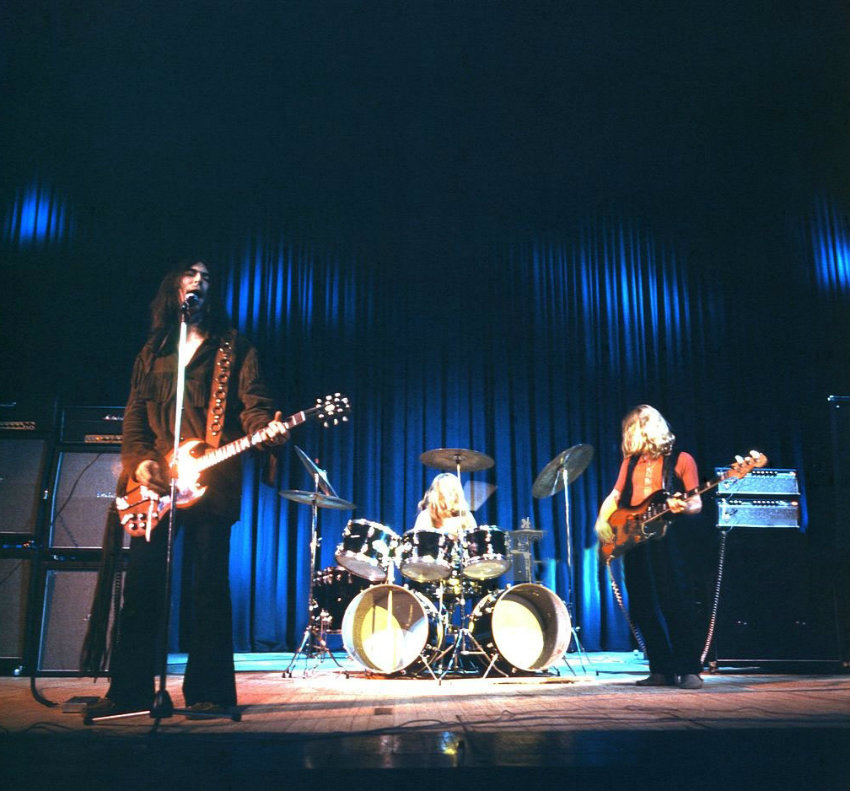
“I realized I had been writing music to the subliminal sounds I was hearing”
It’s really fantastic to have you again. What led you to make a modernized reinterpretation of ‘Population II’? Did it bring any (almost) forgotten memories playing again?
Randy Holden: Randy Pratt, Bobby Rondinelli, and I were recording some new songs. Randy said he put down some bass and drum track that he thought would be the type of material that would have been a follow up to ‘Population II’ if it had ever been released. I listened to what he had, and liked some of them. They seemed to have the feel of what he wanted to try and do. I ended up using three of them. We did this in 2010.
‘Population III’ is basically a continuation you did in 2010 with Randy Pratt and Bobby Rondinelli. What initiated the spark to go back in the studio and record this six song collection?
After recording the tracks I took them home to finish up mixing, and vocals. I also thought I needed to upgrade my sudio gear as it was at the time things began breaking down. So I invested in a new computer, an interface, and ProTools 12. I had ProTools 10, but I wouldn’t have upgraded unless 10 was compatible with 12. The sales people assured me they were compatible. So I bought it.
As it turned out, it was not compatible at all. ProTools 12 got rid of all the plugins that came with 10 and replaced them with junk, but offered hundreds of other plugins you could buy from $100 to $1000.
I was not about to spend a bunch more money for a bunch of new plugins much less try to wade through finding anything I might like. I was quite ticked off since I had the music 90% mixed down already. ProTools’ new changes meant I would have to look for new plugins, and remix the entire album: it ended up being futile. I was so angry with ProTools I just shut down my studio for ten years. It couldn’t do anything I wanted. What ProTools had done was, knowing they were at the end of being able to do any new upgrades to sell, they decided to sell plugins as their new revenue stream. They did it to make money, but it was junk to me, and dozens of hours of work to do a new mix down. ProTools screwed everyone who used their program. I had 20 years of work that all became unusable in an instant. It was infuriating. If they had only kept the same plugins from the old system, it would not have been a problem, but instead, they forced you to buy new plugins. If you don’t know what they are, they are critical to mixing an album.
After that I didn’t open my studio for ten years. I spent a lot of money and got nothing for it.
Most of the songs were done with Pratt giving the basic song structures, was it easy for you to then finish the songs? And what was the energy between the trio?
Writing the guitar, vocals, and lyrics for the basic tracks was pretty easy. I was inspired by what Randy gave me to work with. I already had other songs ready to record. Everyone played well, and were very easy to work with. Randy had some special pedals made for his bass that provided some really unique sounds, giving a really different, and interesting flavor, and depth to the bass. That made it more inspirational to me.
“Getting a great sound is one of the most difficult things to achieve”
Would you like to share some details about the guitar, effects, pedals and amps that you used?
I used a Mosvalve 500 watt amp linked to a Wizard, and a Moran 4×12 cabinets. And a Roland VG8 Effects unit, which I basically used to pump up the volume using Delay, Reverb, and a couple other things to have more gain, volume and sustain. Basically the Roland is every pedal in a single box. The only thing I didn’t like about it was it always had a hidden fringe of digital distortion I didn’t care for, but it served the purpose. I record at a high level. Then a Strat with battery driven pickups. Getting a great sound is one of the most difficult things to achieve. Most pedals give a pretty good high-end sound, but a junk low end. Damn near impossible to get both. The original Fender Dual Showman has the best low end sound of any amp. I’ll use that in tandem with an original Marshall 100 watt super lead. Then add a couple 200 watt Custom Amps on the outside. The combination is pretty close to what I’m looking for, i.e. for live stage.
What are some of the most important players that influenced your own style and what in particular did they employ in their playing that you liked?
I liked just about everyone from Link Wray, to Duane Eddy, Dick Dale, and early English guys, Beck, Clapton, Page, Hendrix et cetera. It was funny, I invented, and played every riff ever done, then hear someone do what I already did. Everyone borrowed from everyone else back in those days.
In our extensive previous interview we talked about your departure from Blue Cheer, what exactly was the problem at the time?
The same old problem, drugs & money theft. Nothing new about it. Things start out great, then drugs enter in, and destroy the original love for music. Once hard drugs come in it rarely ends well. A rare few who have the money, and good sense to realize what’s being sacrificed, are able to rise above it. If you don’t have the money, and the will, it ends. Management has the biggest role in preventing both. Few managers have what it takes. Management is very difficult gig. The best manager that ever lived was Peter Grant. He always put the band first. He made sure the band was paid first. That is a basic Christian concept, Serving others, putting Self Last. That man was a Saint.
How do you remember hearing Cream and their stack of Marshalls? You did some tweaking with Marshall speakers when you were in Blue Cheer.
I saw Cream at their first live debut at the Whisky in Hollywood. First time I ever saw Marshall’s. The sound was phenomenal, nothing like it had ever been heard before. Their show was the best I’d ever heard up to that time. Naturally I had to have some Marshall Stacks, however I took out the Celestean Speakers, and replaced them with JBL D120s. They were louder, had more punch, clean, and just screamed. I wanted 4 Stacks, but management said No. Humph.
Tell us about Blue Cheer gear.
I wanted two more Marshall stacks, but Mgmt said no. At the time our gear was rented from a music store in San Francisco. I didn’t like the sound of the speakers for guitar, or bass. I had guitar changed out to JBL D120. They were killer, louder, more sustain, cleaner. Very strong sound. I think it was Denmark, his new speakers arrived, after Dickie Peterson and everyone else agreed to having his speakers changed from JBL D140 to D130. The D140 had a waffled compliance ring to prevent the cones from cracking around compliance ring, but they sounded like muffled, distorted slop. Like the sound was falling out of the cabinet, rather than firmly projecting. The D130 were solid, punchy, you knew when the bass notes slammed into you, and lifted you off the floor. We had the live sound perfected by that point in time. Our gear was flown to every gig we played, but I always objected to the cost, when it could have been trucked anywhere overland, and saved a fortune. The organization was very chaotic. Every rental car the band had was wrecked. To imagine trucking gear everywhere and not crashing, was a bit too much to ask.
Later when I entered the contract with Sunn, they used Air Freight to ship everything, and return all damaged gear. It was a continuous circle of flying in the new, and flying out the broken. Locally, the roadie had an old black and white police bus. It held everything we had with no room to spare. For the trip LA to Honolulu and return, I gambled on taking gear along as excess baggage. I wasn’t sure they would accept it, because it was such an overwhelming amount. We just began dragging it in and lining it up at the extra baggage line. All the attendants were in shock, no one knew what to do, so they just accepted it and took it on board. In those days there was no security, no searching at the gate, none of that, and most bands traveled taking their gear on board, but in those times most guitarist and bass players only had one amp, so it was no big deal to take those on board. I recall seeing photos of Cream with their gear at the airport ready to put on board, with the band name printed in the cases of the gear. They were the first to push and test the limits of what gear would be allowed on board. Before those times, during the days of the Other Half, we had more amps than any band at the time, and we always took it onboard as extra baggage going on the same flight. Only when ‘Population II’ came along did we push back and test “All the Boundaries”. It was always an economic issue. If you used Air Freight to ship your gear, the cost was astronomical, compared to using Extra Baggage. The cost was $5 per extra bag as I recall. We had at least 30 pieces of Extra Bags for ‘Population II,’ counting drum cases, guitars, keyboards, amps, suitcases, tools. cost was about $150 one way.
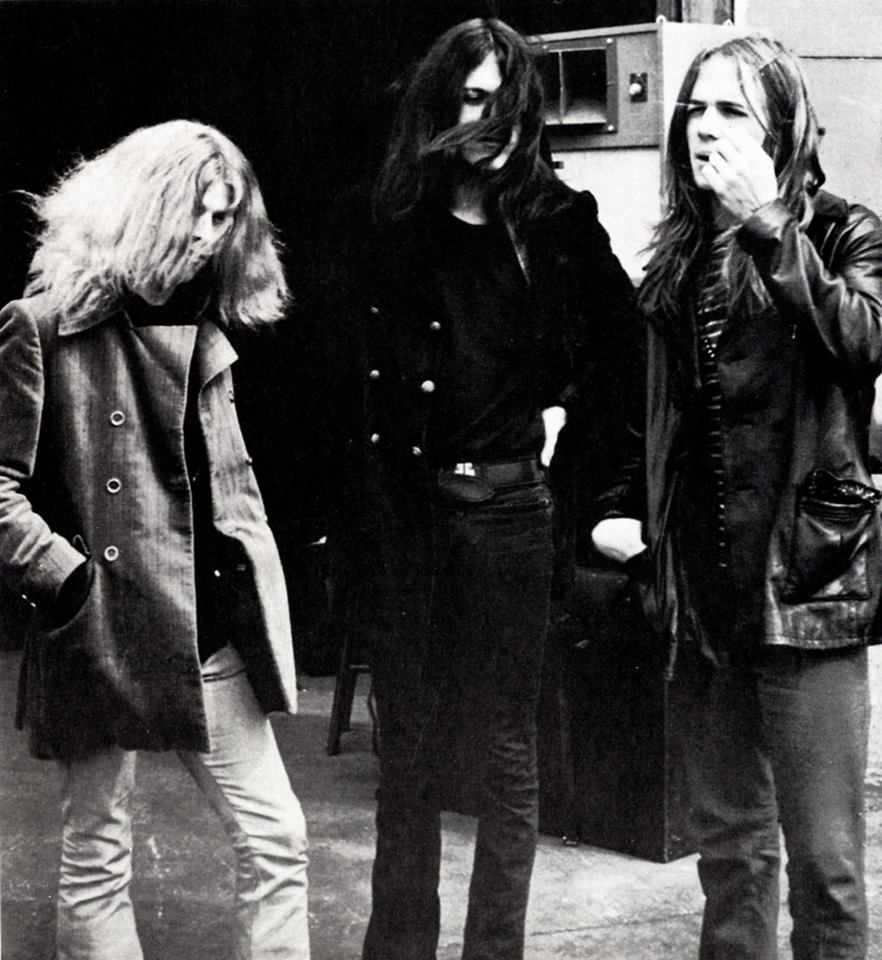
The Cost of Air Freight was around $1500. Huge difference. I winged it with everything we did, figuring it out as we went along. You could see on the horizon that shipping gear was going to become a very big economic problem. I figured just deal with it as it happens. Promoters began collecting gear calling it Back Line Gear, as a solution to the economic problem. That wouldn’t work too well for me, as my gear was always specialized to get the sound I wanted / needed to reproduce it live no matter where. I still have that problem. It’s not just a simple matter of plugging any guitar into any amp, and playing. Very very few guitars and amps can produce the sounds I need, to be able to reproduce what is on the albums I’ve made. It drives me nuts that anyone who doesn’t know squat about Amp Sounds and particular guitar sounds to match up with an amp, it’s like giving diamonds to a monkey, the first thing they do is try to eat it. For example; I used a Gibson SG with my Marshals having JBL D120. It was one of the best live sounds I’d ever gotten … but … when I plugged the SG into the Sunn Amps, it sounded like horrible muffled dead mush, made me wanna scream. So I got the Fender Stratocaster, and it sounded monumental. The difference was night and day on different planets. It was hard to believe there could be such a radically different sound coming from two great guitars, and two great amps. I never used an SG again, but I do believe with the right amp it would be stupendous. My sense of the difference was the SG is more of a mid range natural character, while the Strat is more of a top and bottom end frequency character, and as for the amp comparison the Sunn’s were more of a mid range tonal disposition, while the Marshall was more directed to top and bottom end frequency. That meant, the mid range SG fit well with the top and bottom end Marshall frequency, and was why the SG didn’t work well with the mid range Sunn. The same held true between the top and bottom Strat did not work well with the top and bottom Marshall.
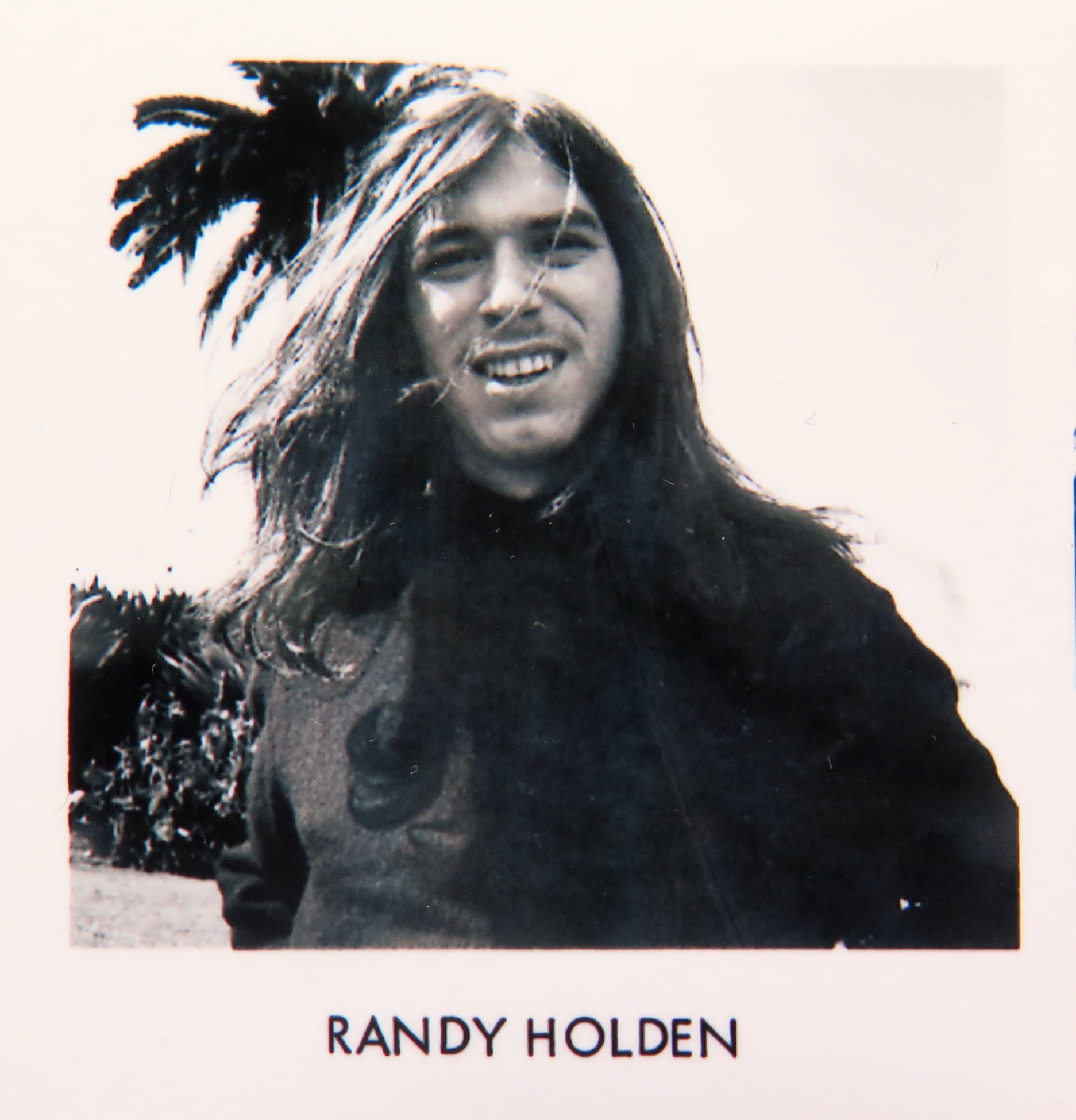
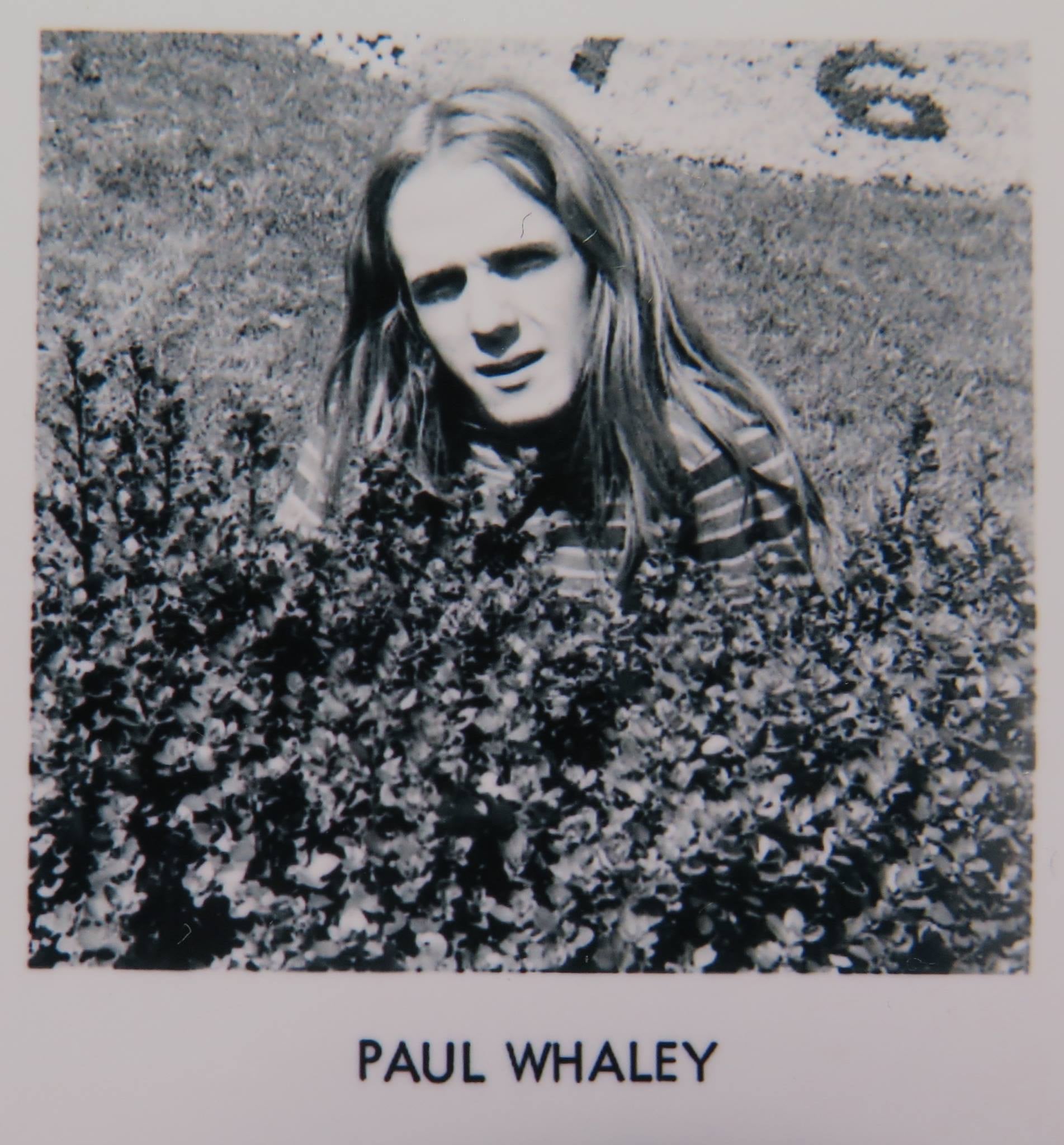
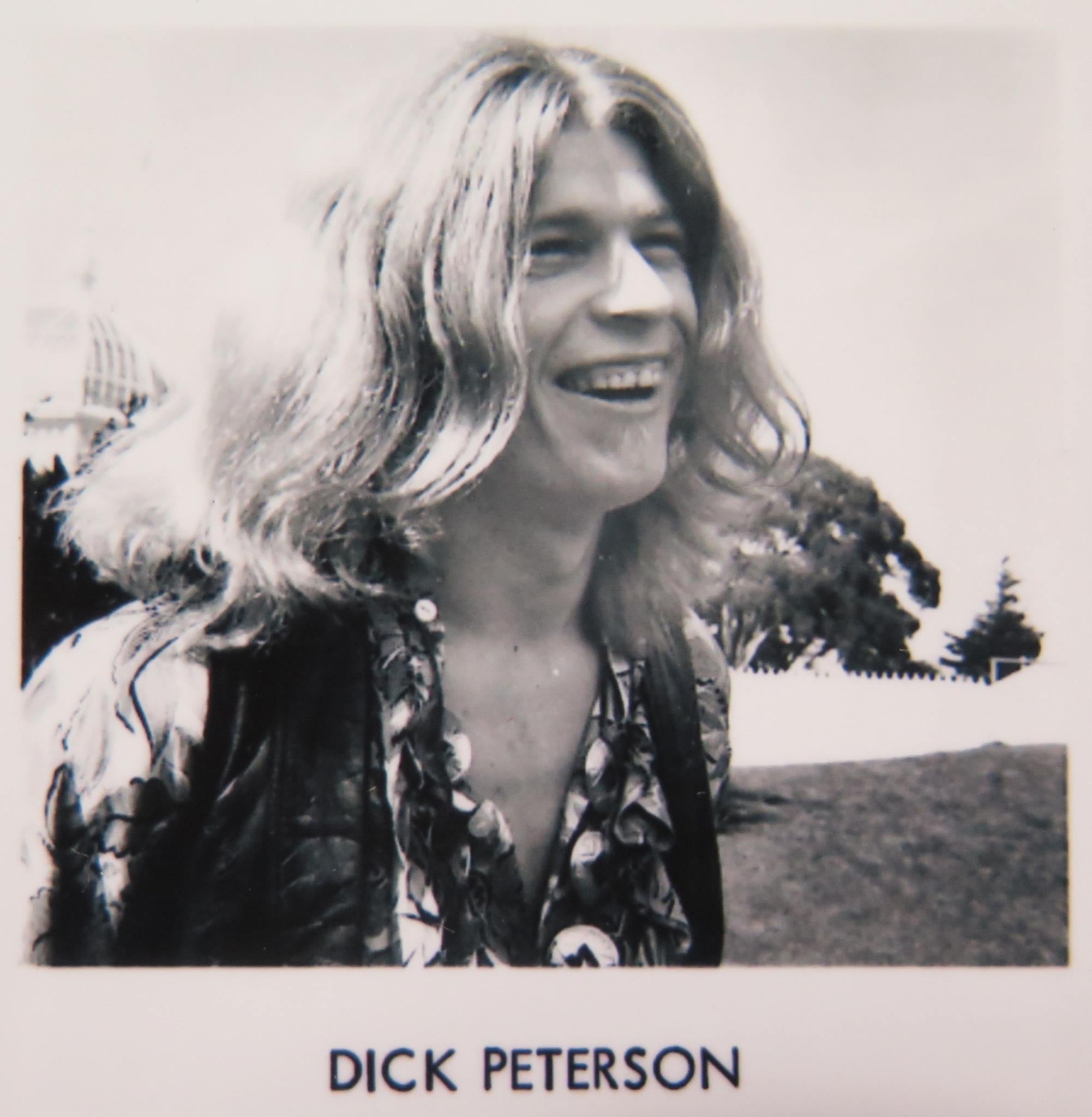
Some might scoff at the idea since Jimi Hendrix made that combo sound like a hummingbird that would hum so loud you’d think you were losing your mind. Except that doesn’t take into account the custom wiring trick Jimi did with his guitars, that he picked up from Rory Gallagher. The trick was so simple and sweet. Rory was always looking for a way to get sustain, but at a lower volume level to stop getting fired from the club gigs he played forever. In short he lowered the power output from the guitar so he could turn up the amp, and it worked. Jimi did the same thing. It’s how he got his sound. I was given one of his guitars to try out for a few days. It freaked me out, because there it was, his sound. You could play any of his songs and sound exactly like him. It was frequency range that was just beautiful to play it, but as much fun as it was to play, you couldn’t do it without sounding like him. No self respecting dim bulb of a guitarist would want to sound like someone else, and give up who they are.
What makes Sunn special?
Sunn was very supportive. They were making a new amp called the Orion. They were powerful 200 watts each cabinet. They had JBL make a special speaker for me called a D150. It had a larger voil and stiffer compliance ring. I only blew out half of them compared to the D130. All great speakers, except for not quite handling the power with my playing style. JBL had always made the best sounding speakers.
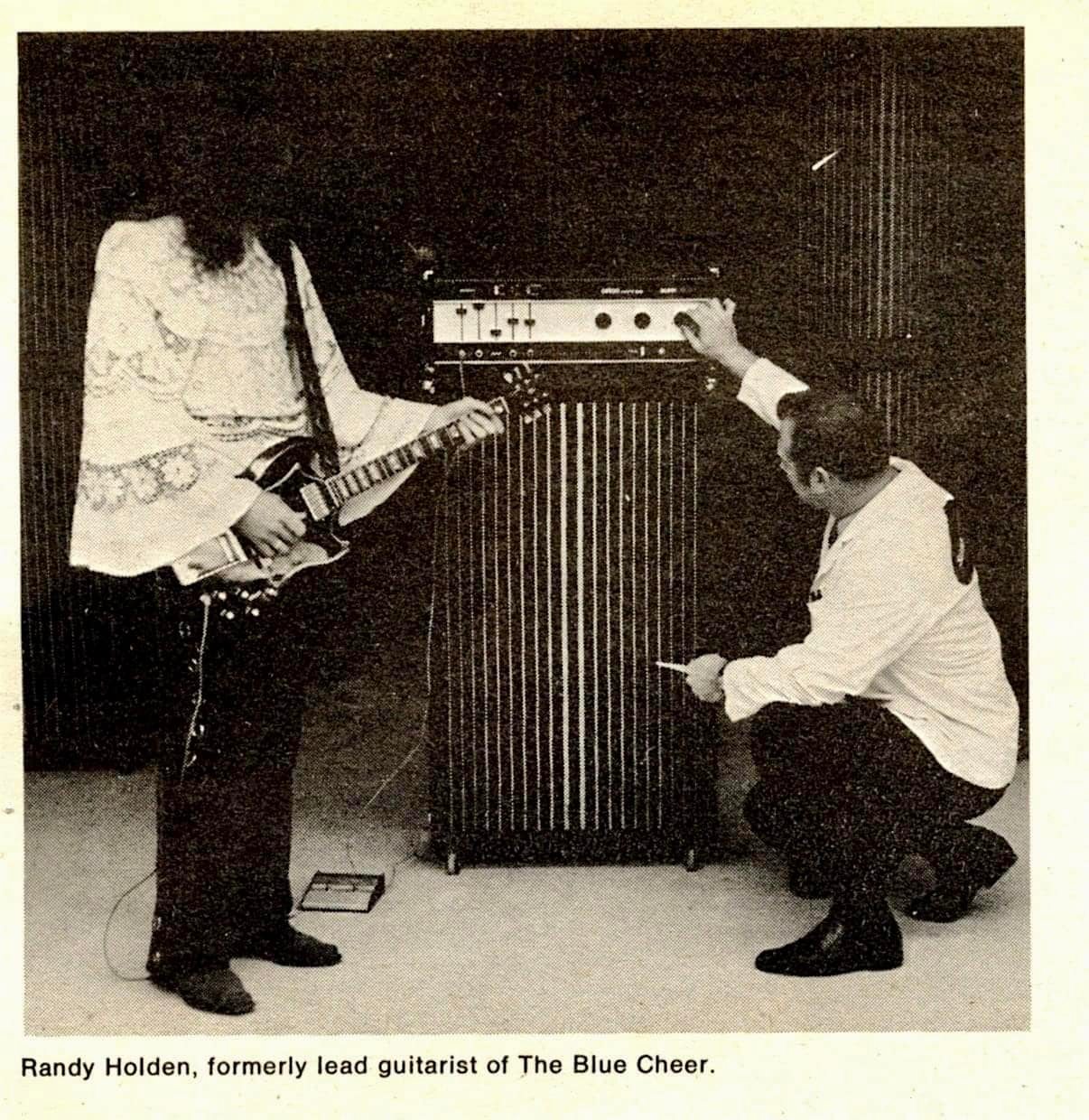
“As it turned out there was a resistor, or capacitor wired inline between pickup and output, that made Hendrix unique sound”
Tell us about that guy, a friend of Jimi Hendrix that lent you his Strat…
A guy who wanted to manage us, Joey Southern, brought one of Hendrix Strats over to me house wanting to know what I thought of it. As it turned out there was a resistor, or capacitor wired inline between pickup and output, that made Hendrix unique sound. It was beautiful, sounded exactly like him. Was an interesting experience, and idea. I think what it did was lower the volume of the guitar, allowing the amps to be pushed harder giving that particular feedback of Hendrix. I considered doing it to one of my guitars, but it didn’t make sense to have his sound.
How did that story unfolded?
I gave him back the guitar.
There was some misunderstanding about the trademark of the name?
To set the record straight, I did not trademark the name Blue Cheer. Randy Pratt did that when he noticed that business was left undone, allowing anyone who wanted to use it to make money in their own self interest. Pratt’s heart was in the right place, he believed the name should be protected for their interest. Pratt wanted to give it to me, because Dickie Peterson was infamous for making bad business deals. Pratt had a hope of getting the band back together, and do its business so it would serve the interest of each member. I was not interested in owning the name. I was interested in the band members owning the name, to protect each of their business interests, because it should have been done at the outset by Mgmt. I phoned Dickie Peterson and asked him if he was doing anything with Blue Cheer. To my surprise Dickie said to me in no uncertain terms, he was not interested in Blue Cheer, and would never do anything with Blue Cheer again, Ever. Period. After that, Paul Whaley flew to my home to record. I told Paul what Pratt did, and asked him to take ownership of the name, but Paul wanted nothing to do with the business of Blue Cheer.
With neither Dickie, or Paul wanting anything to do with Blue Cheer, I had no interest either. It was pointless. I no longer wanted anything to do with it. Even though Pratt gave it to me, I did nothing with it at all, and let it expire. That was the end of it, over and done as far as I was concerned. Then I learned Akarma Records was manufacturing, and selling the ’New! Improved!’ album, yet they never contacted me for permission for license to use my songs, and I never earned a penny from what they did.
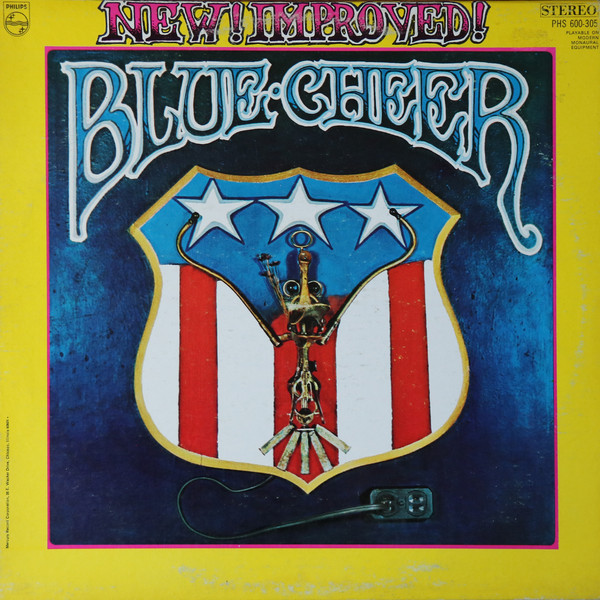
I contacted Akarma and asked who gave them any right to manufacture, and sell my music, since I alone own all rights to my music. Akarma said to me that Dickie Peterson sold them the license right for $5000. I told Akarma it did not matter that Dickie sold them the rights, because it is clearly marked on every copy of the album that I exclusively own the copyrights and publishing to my music, and they knew that when they bought rights from Dickie, and nor did Dickie have any right to sell rights to my music.
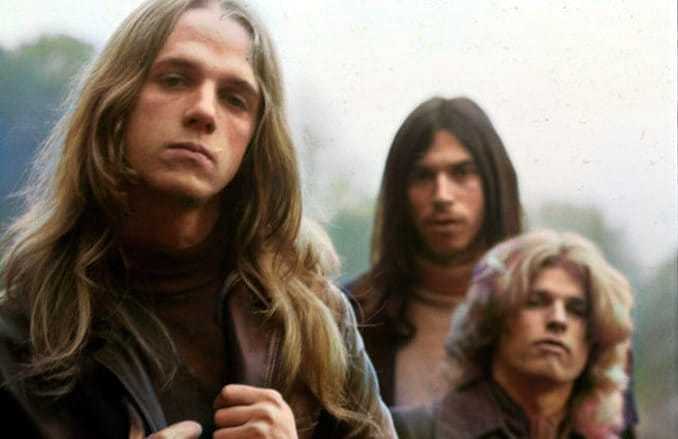
After learning that from Akarma, I contacted Dickie and asked him what he was doing selling my music, and not asking me, but he profited from his deal. Dickie gave me a song and dance that it was Bruce Stephens who did it, and only gave Dickie $500 of the $5000. Dickie claimed he was pissed off with Bruce for cheating him, saying Bruce was a junkie who used the money to buy heroin. But Akarma never mentioned Bruce Stephans. They were specific; it was Dickie who they dealt with. This was typical of Dickie Peterson Blue Cheer Business Deals.
After that I never spoke with Dickie again, but I saw him telling llies about me, defaming me for no reason but to cover his theft of my music rights, to profit himself. It was so damn petty, it was not worth bothering with. For Dickie to do that to me, when I never did anything to harm him, in any way, ever, really disappointed me. It only served to demonstrate why Blue Cheer never rose above what it became. From the outside looking in, it was pathetic to see Blue Cheer play for 50 people living out of a van, not even making gas money to reach the next little club gig, and my friend Chris Iverson (RIP) giving Dickie gas money to reach the next gig, while The Rolling Stones played Stadiums across the globe, earning Millions of dollars. Mick had 200 Million, Keith 150 Million … What Blue Cheer could have been, but chose to make all the wrong decisions, and die in the mire of petty deceit. A tragic ending for what could have been one of the greatest bands of all time, stuck in the muck of self destruction, pettiness, deceit, theft, and hard drug addiction. If there were a lesson to learn from it, it’s that all the young bands don’t fall victim to the things that killed Blue Cheer. My final word is RIP Dick & Paul. We had a great time, once upon a time. That’s what I choose to remember. The negatives are only lessons of what not to do.
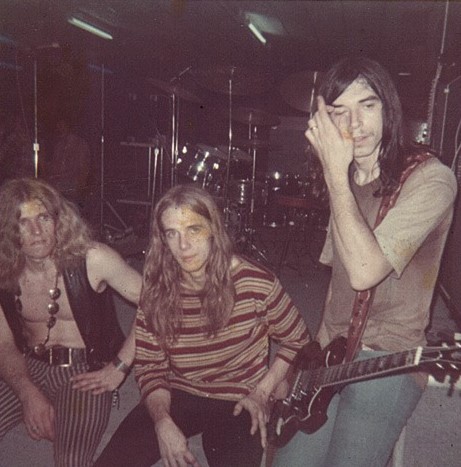
So the business side of things was very bad?
At the time Pratt had contacts in Japan who were interested in booking Blue Cheer for shows for $30K per show. To my thinking that would have been a good opportunity for both Dick, and Paul to earn some decent money. As you may or may not know, Dick and Paul had an on & off love hate relationship, likewise with Dick and me. There is more detail to the intricacies than a book would hold. At the time I went to Germany to rehearse with Paul for recording the ‘Guitar God’ album. Before talking with Paul, I asked Dick to do the project, and he was all gung ho to do it. Dick was supposed to be in the project, but when I arrived in Germany to begin rehearsals, Dick didn’t show up. Paul said Dick was in an alcoholic stupor, and he wanted nothing to do with Dick. Paul told me if I insisted on bringing Dick into the project, then he would not do it. As far as I was concerned I had an album to do, and Dick didn’t show up, but Paul did. After 30 days of rehearsal, and the very day we were to fly to New York to record, Dick phoned, and said he wanted to come do the album with Paul and I. Paul said no way. I told Dick he was too late, he didn’t show up for rehearsal, and we already had another bass player (Robert Bauer, Paul’s friend), who was rehearsed to do the album, so there was no way I could bring Dick in now, as well as Paul was adamant he did not want to play with Dick. I told Dick he was too late. That was that. Later Randy Pratt had a dream of putting Blue Cheer back together, and doing the shows in Japan, and put its business affairs in order to become a viable entity. Pratt was a fan with a plan to benefit the band he loved. Now if I was only interested in money, I could have done anything I wanted, but I was not interested in money. Once upon a time I had a great band, and it could have been fun to do it again, but do it right. But the happy thought was not to be. Paul hated Dick, and his alcohol problem, making him unreliable, unable to play. I no longer had any interest in any Blue Cheer revival. One can only beat a dead horse so much before they realize it’s dead. Though Paul, and I continued to record at my home on different occasions over the years. There was an attorney from San Francisco who contacted me, he was trying to find Dick. He said he read the stories about how Dick claimed he was screwed by record labels & managers, and he wanted to help Dick. I gave him Dick’s phone, and I called Dick to tell him about this guy. Later the attorney called me again saying Dick would not call him back and wanted me to try to get Dick to call him. I told him I gave Dick his phone and told Dick what he wanted and there was nothing further I could do. Dick was his own worst enemy in doing business. He made shoddy deals for chump change, but never gave Paul any share of anything he got. Paul never knew what Dick was doing with business. Paul was the one who received the least for his work. But Paul never wanted to know about the business end of things, for the most part it was because he didn’t understand any of it. Paul was an artist. Paul was also the founding member of Blue Cheer in origins. Paul was the only reason I went in the band. I loved playing with Paul. We had a long standing relationship long before Blue Cheer existed.
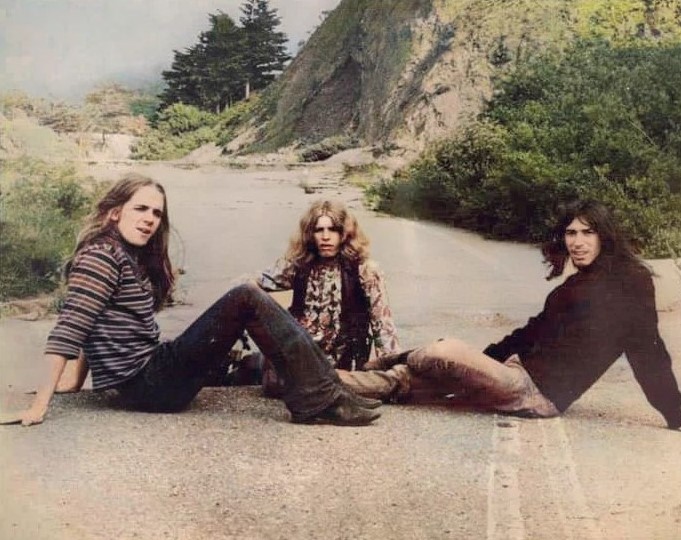
What followed?
The fact of the matter was I quit, and I did that when Jerry Russell the manager gave me my alleged tour earnings in an envelope containing $500 that was supposed to have been $16000. And he said the band was broke and had no money. Yet Jerry was still buying heroin for himself, Dick and Paul, and a few close hangeron’s. More yet, there were no further shows lined up, and Jerry took the Record Advance money and made that disappear too, with no accounting. After all that, put yourself in my shoes, and ask yourself what you would do, and especially when you did not share in the hard drug addiction. The writing was on the wall. It was over. There was no future for the band. They threw it away, and I blame Jerry for that, because he controlled the money, and he was the one responsible for getting the guys hooked on hard drugs. Jerry killed the band. I just quit before the final death knell. I was also unhappy with the direction of the music Dick wanted to play. For unknown Godforsaken reasons to me, Dick wanted to play soft hippy style flower power countryish music, he wanted to emulate ‘Music from Big Pink’ by The Band. That resulted in a complete communication breakdown between Dick and me.
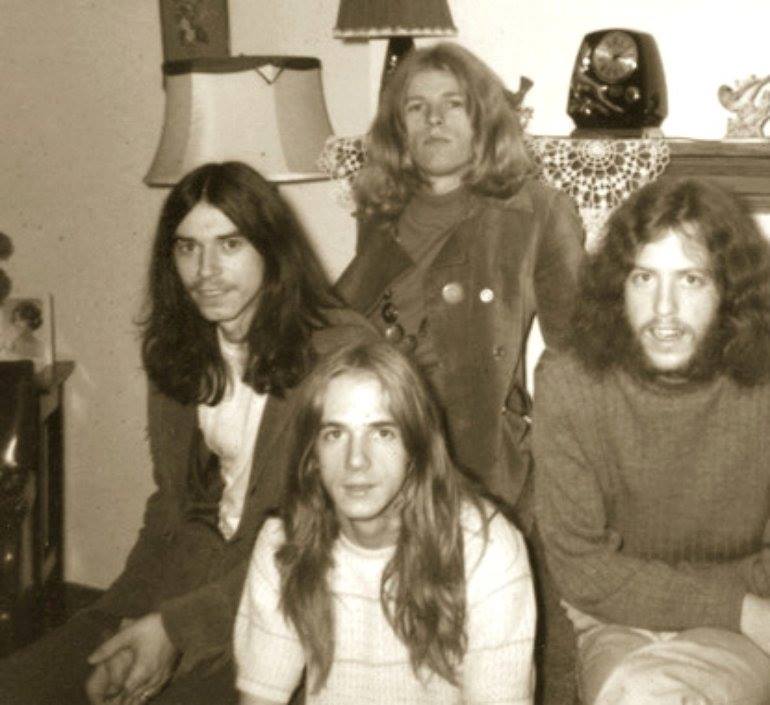
We no longer shared any common interests, End of story. What should have happened if heroin wasn’t in the way, the band should have fired Jerry, and sued him for breach of fiduciary responsibility, that bankrupted the band, then gotten a new manager, and pursued the golden ring of loud, hard, heavy metal music. That’s what should have been done. Since they were unable to do that, I went my own way, and did it myself. Tragically I was with a record label that had no clue what I was trying to do, and at the end was their failure to release my album. The label never gave me a reason for not releasing the album. I only learned a couple of years ago, it was because they got in a lawsuit with the Distributor MCA, who had become the biggest distributor in the world. But from that point in time MCA went down. I have no idea what the suit between Hobbit and MCA was about, or how it ended up, but Hobbit refused to release me from the contract, effectively killing my music career.
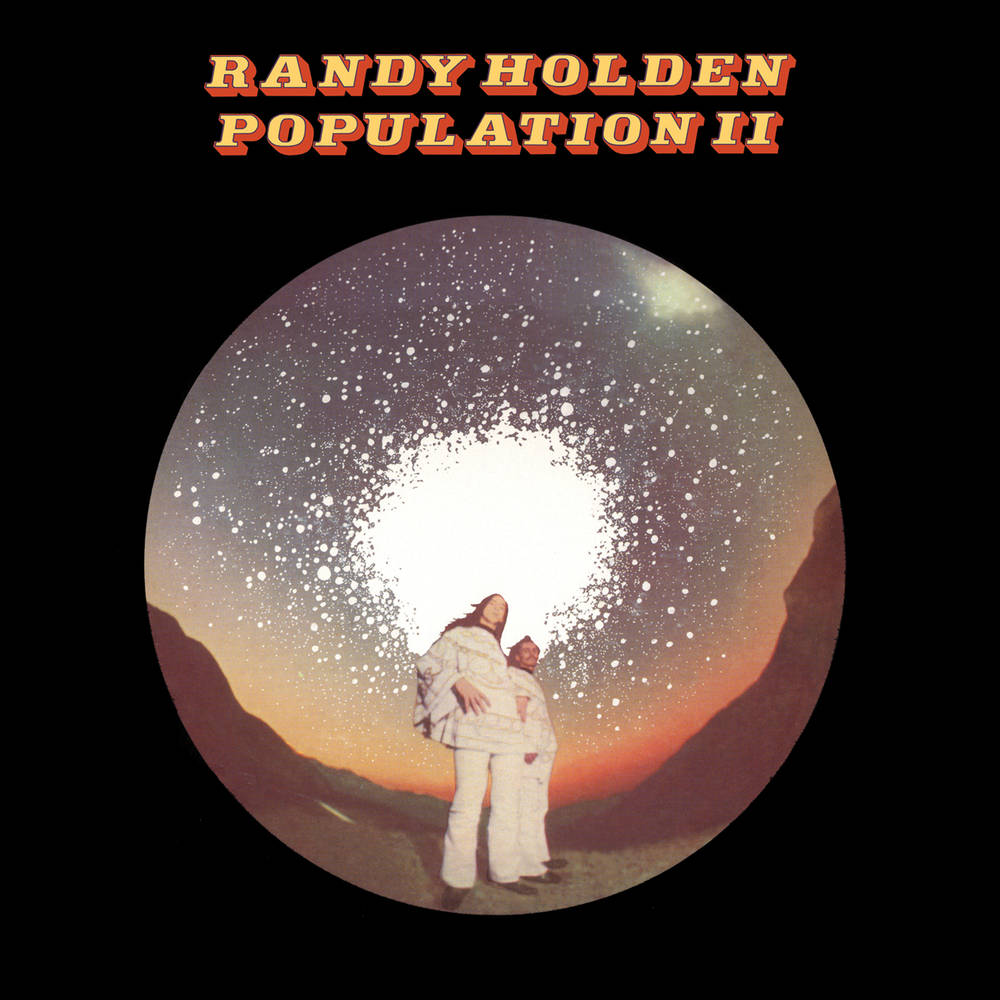
“Musicians through the ages tuned into the rhythm of their environments”
I would truly appreciate it if you can elaborate on ‘Population II,’ its beginning, concept, amps, writing the material and demise.
Wow, well I wanted to do something different in music. I became interested in discordant sounds. I heard discordant sounds wherever I went. I finally figured out I was hearing the harmonics of machinery. It always had an imperfect warble, as overtones. Somehow I tuned into that subconsciously, from having what’s called hypersensitivity. It sounded like hell’s bells. No one else could hear it, but to me it was ever present. I began to think it was a message from God telling me I was going to hell. Then one day it was exceptionally intense. I was looking at a fan on the ceiling, wondering if that was a source.
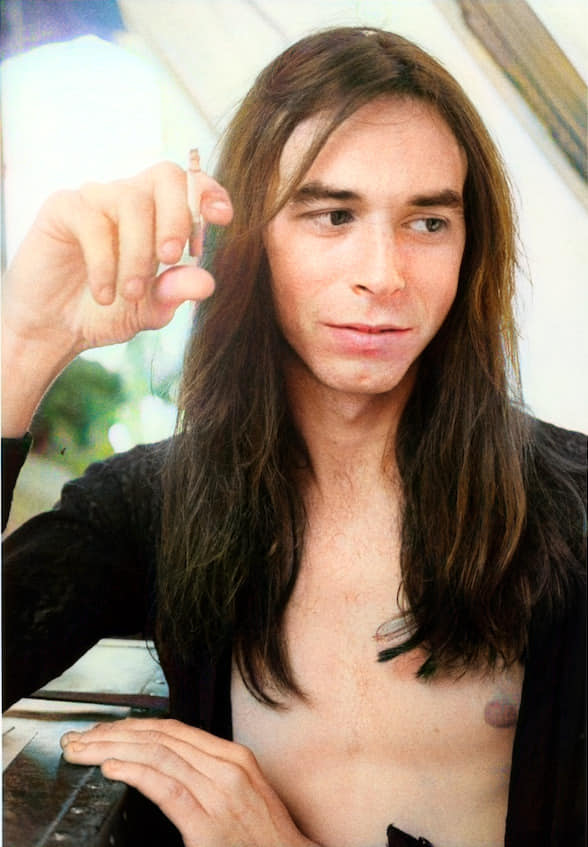
I got a chair and stood on it. The closer I came to the fan, the louder the sound became. What a revelation that was. The sound comes from every machine made that rotates. Quite the surprise. I realized I had been writing music to the subliminal sounds I was hearing. It only made sense when you think of earlier times when the horse was transportation, music had the rhythm of the horse. Then came Rock, and the sound of Trains, then Diesel Trucks. Musicians through the ages tuned into the rhythm of their environments. That’s what I was doing, unknowingly for a long time. Then it all began to make sense.
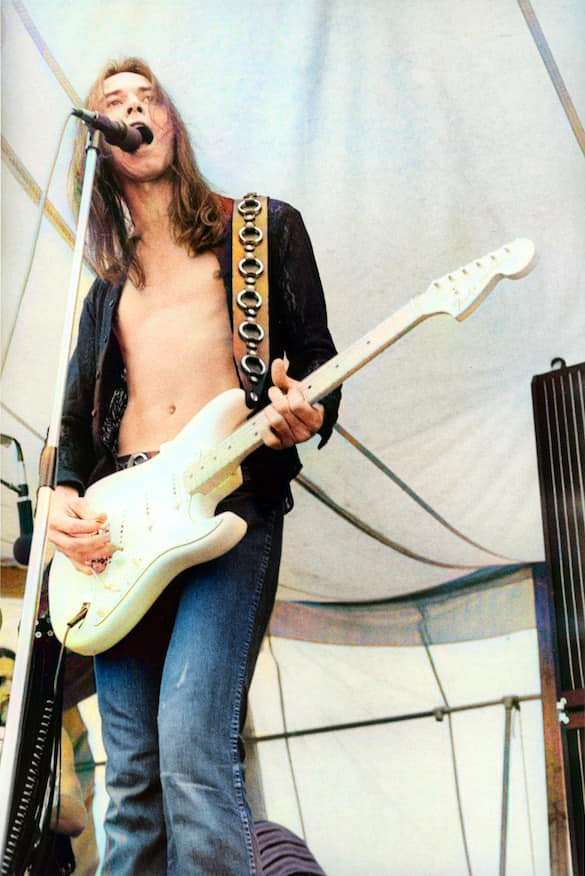
Would you like to comment on your guitar technique? Give us some insights on developing your guitar technique.
I’m not sure if I could articulate that other than to say, I need music to sound like art. When I heard ‘Population III’ ten years after recording it, I heard art, and I really liked it. That’s what I heard. That’s when I knew I had to release it.
I told Randy what I was going to do, he became very excited about it, and wanted to have his engineer remix the album. I was fine with that, and he did a great job. Then we brought in Smokey Taylor, a friend of mine from a band called Sorcery, and mastering engineer Eliot Kissileff to both do the mastering. They all combined did a great job.
There is an additional song on the CD that the LP didn’t have time/space for. It’s an acoustic vocal called ‘On the Outside Looking In’. Nice song. Good album … it’s art!

Are you still painting? What else currently occupies your life?
No painting lately. My wife had a bad fall breaking her ankle badly, bone sticking out, was just heartbreaking. Finally healed after over a year, but she still does not walk well, so I’ve been taking care of her. That’s about it. There is talk of doing some shows upcoming. We’ll see what happens.
Klemen Breznikar
Headline photo: Blue Cheer promotion photo, August 1968 / Photographer unknown
All photo materials are copyrighted by their respective copyright owners, and are subject to use for INFORMATIONAL PURPOSES ONLY!
Randy Holden Official Website / Facebook
RidingEasy Records Official Website / Facebook / Instagram / Twitter / Bandcamp / Tik Tok / YouTube
Randy Holden interview
Loud and Proud: The Best Heavy Psychedelic Rock Albums Ever! | ‘Population II’ by Randy Holden
KAK interview with Chris Lockheed
Blue Cheer interview with Leigh Stephens

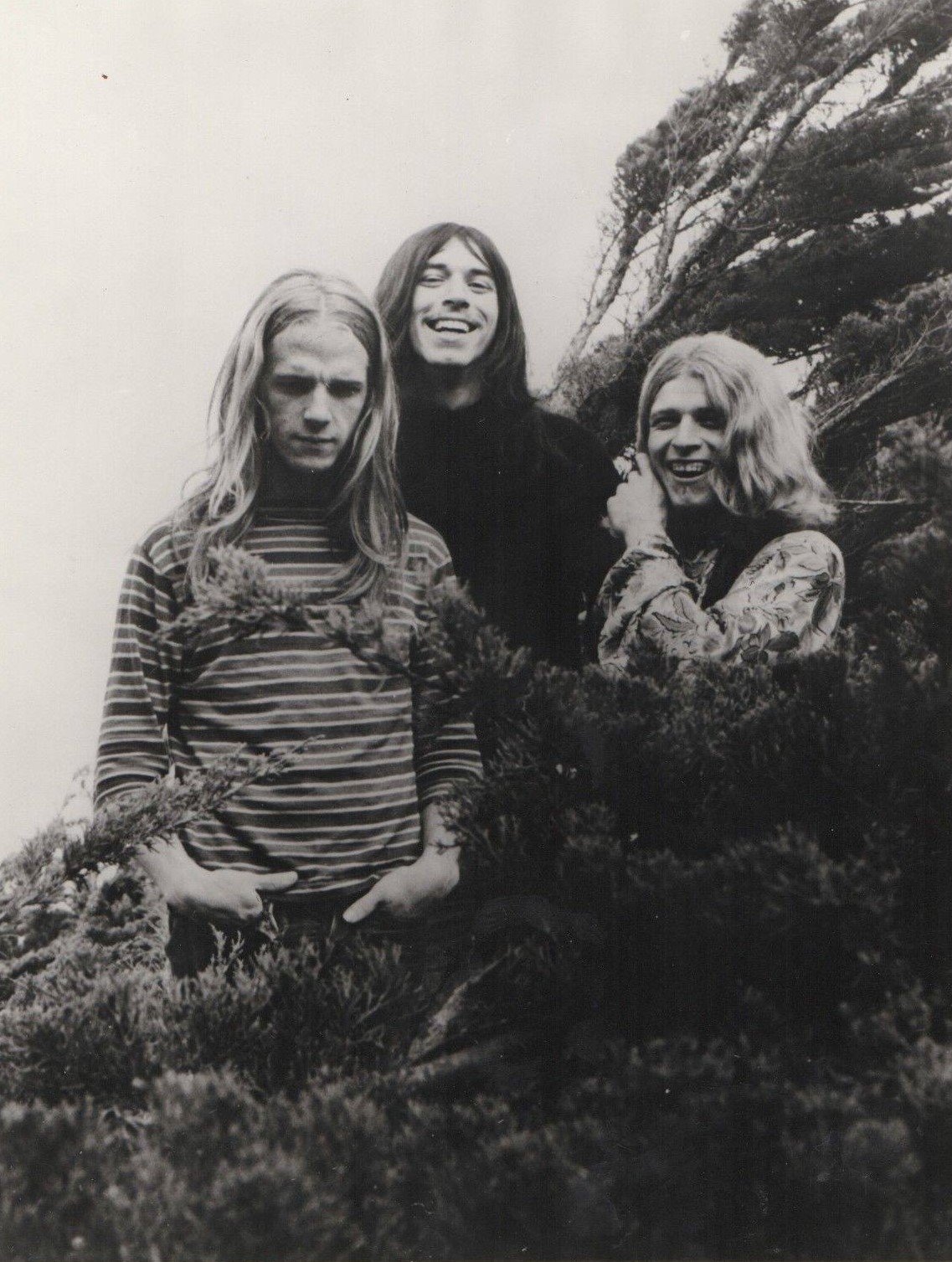
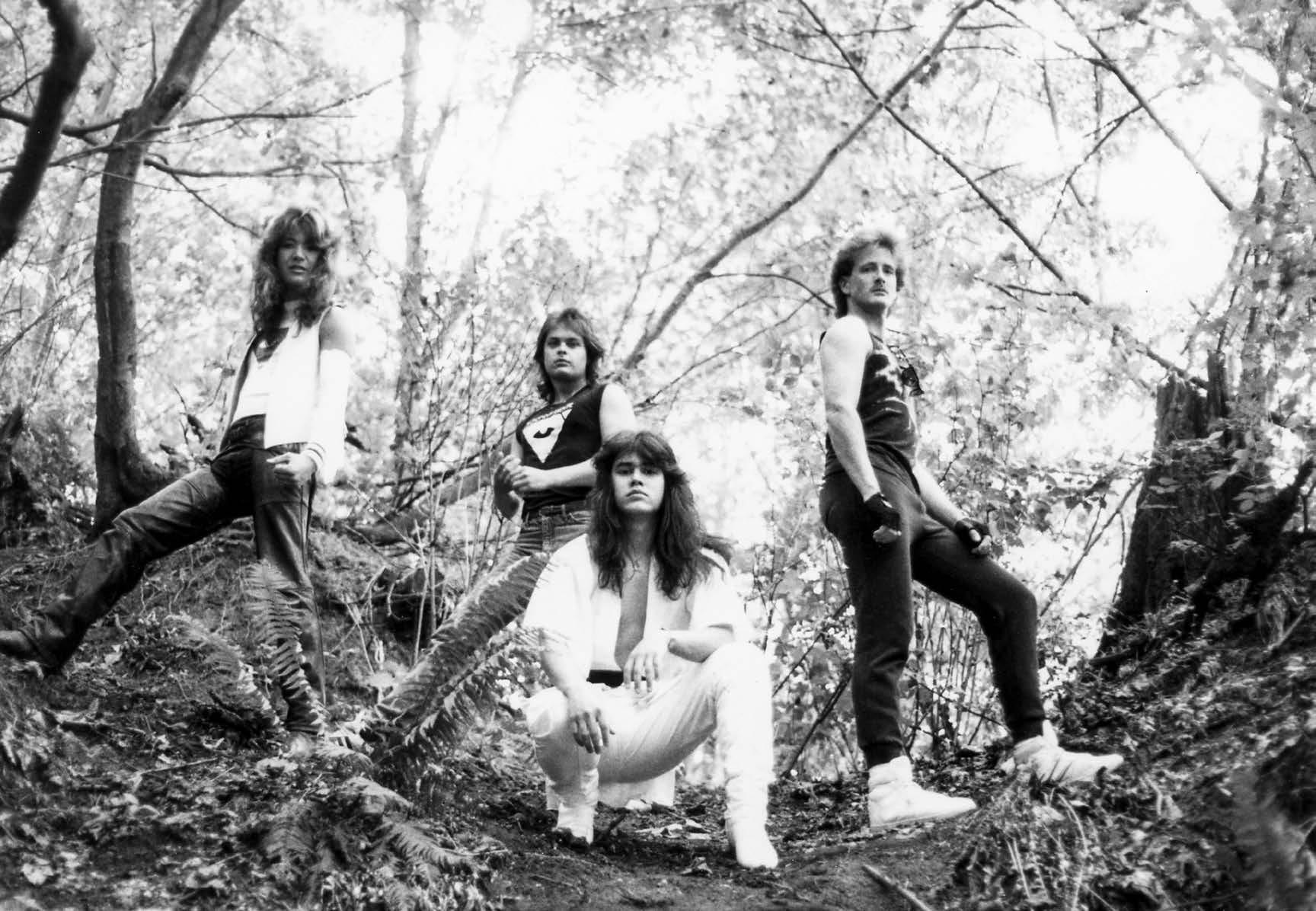
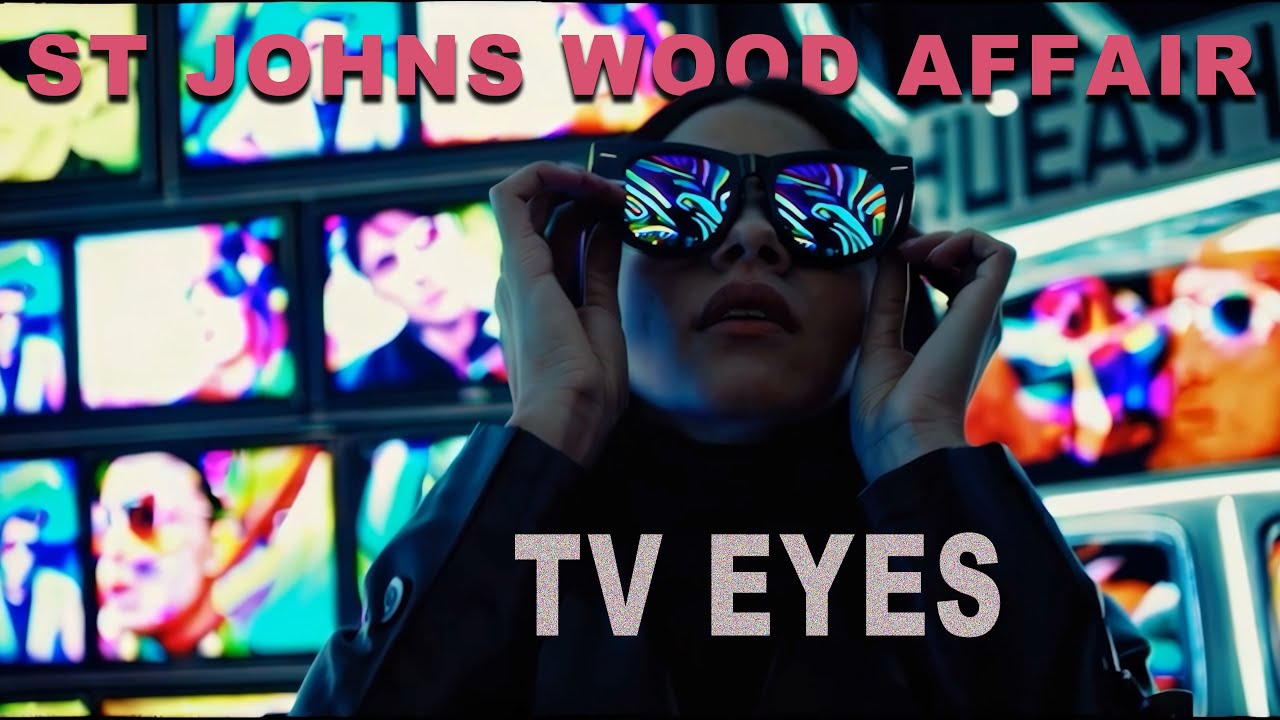

Thank you for the interview and the many unknown photos. Klemen how productive and what a workaholic you are ! That deserves great respect.